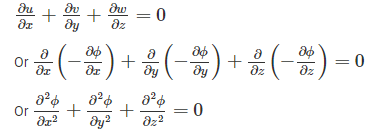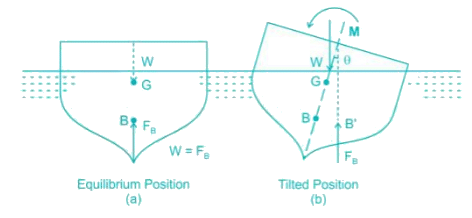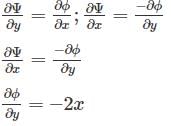Fluid Mechanics - 2 - Mechanical Engineering MCQ
20 Questions MCQ Test SSC JE Mechanical Mock Test Series 2025 - Fluid Mechanics - 2
The number of π parameters needed to express the function F(A, V, t μ, L) = 0 are
If the particles of a fluid attain such velocities that vary from point to point in magnitude and direction as well as from instant, the flow is _______.
The relation  for an irrotational flow is known as which one of the following?
for an irrotational flow is known as which one of the following?
Kinematic viscosity of water in comparison to mercury is _____.
According to newton’s low of viscosity, the shear is directly proportional to:
A fluid of kinematic viscosity 0.5 cm2/sec flows through a 10 cm diameter pipe, The maximum average velocity for laminar flow will be
A centrifugal pump delivers a liquid when pressure rise in impeller is equal to _______
The correct relationship among displacement thickness ‘d’, momentum thickness ‘m’ and energy thickness 'e' is
A stream function is given by (x2 – y2). The potential function of the flow will be
In case of power transmission through pipes, maximum efficiency is
|
3 videos|1 docs|55 tests
|

































